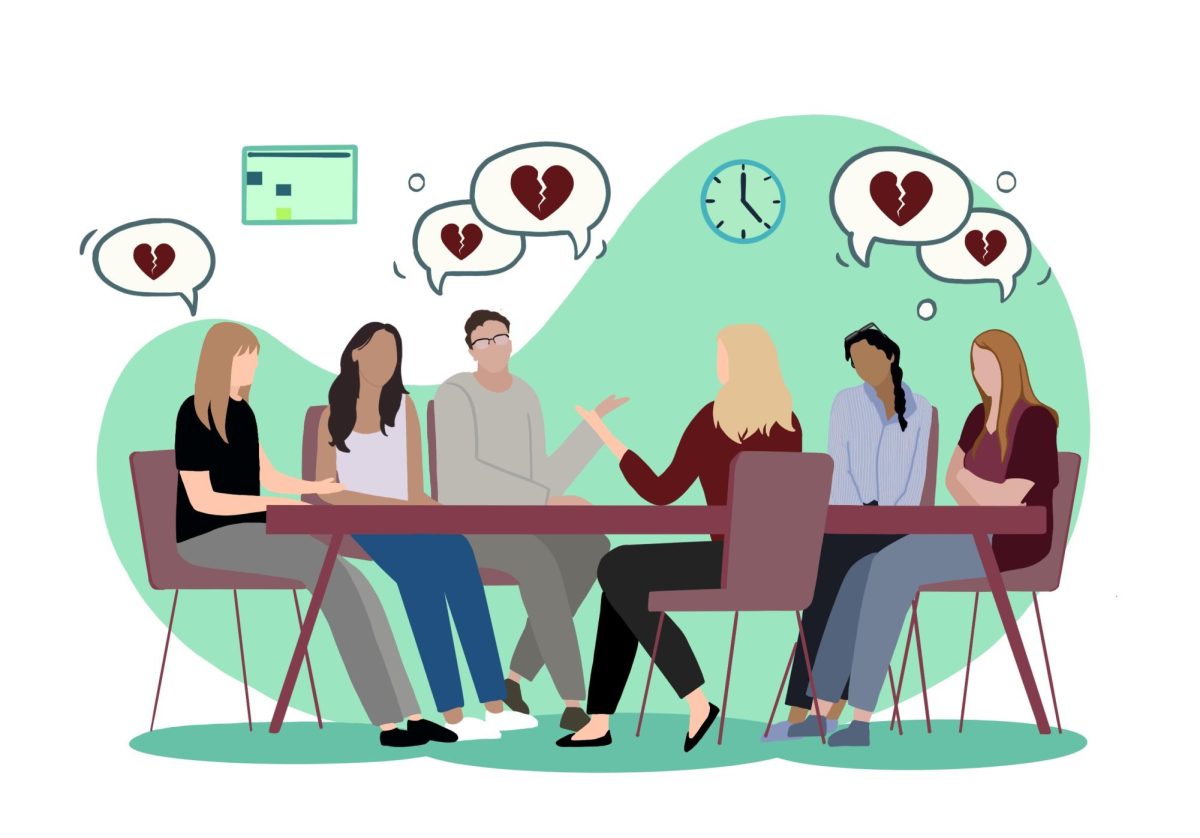The second-wave feminism of the 1960s and 70s laid the groundwork for the landmark decision of Roe v. Wade.
First, married women were given the right to contraceptives under their right to privacy in 1965, followed by unmarried women in 1972. In 1970, a young and impoverished Norma McCorvey (Jane Roe, as she would be referred to in the following court proceedings) sought an abortion in her home state of Texas and had already had two previous pregnancies in which she had given the children up for adoption, unable to provide for them.
Her situation was not unique, many women who couldn’t afford to travel to the few states where abortion was legal were either forced to carry out an expensive unwanted pregnancy or resort to a back-alley illegal abortion. Both options were dangerous, and both placed poor women in vulnerable positions, socially, economically and emotionally.
In 1973, Roe v. Wade decided that no state could infringe upon a woman’s privacy by denying her access to an abortion. This was monumental for women’s rights, having their own bodily autonomy, and not being constrained to carry out unwanted pregnancies.
It implied that anyone could seek an abortion, not just those with the money and resources to do so. In June 2022, this was overturned, placing anyone able to get pregnant in the same position as before.
It was a slap in the face ––having a safety measure, a right and a choice, cruelly stripped away.
It put even more space between the people’s trust and the government, especially indigenous women, women of color, women in lower socioeconomic standing, transmen and nonbinary people. All of these communities are affected by this decision in more complex and intersectional ways than what meets the eye- or what the government has considered. These people already face structural inequalities that make it more difficult to achieve success, and this additional barrier will only further the economic and social hindrances they face.
Marginalized communities already face difficulties receiving good healthcare, and those in lower economic standing often cannot afford health insurance, these factors combine to make it blatantly obvious that the repeal of abortion rights will not affect everyone in the same way, and further subjugate vulnerable people to harm.
Expanding on this, the economic consequences of unwanted pregnancy can be detrimental to some individuals, being the proverbial “straw that broke the camel’s back” in terms of causing financial ruin for those in compromised positions.
According to Forbes, the average cost of pregnancy –– ranging from prenatal care to delivery to post-partum care –– is around 18,000 dollars. That’s with health insurance. For those who do not place the child up for adoption, the average cost of child-rearing from conception till they’re of adult age is in the $200,000-$300,000 range.
Abortion bans affect around half of the United States, and for those who do not have resources to travel to other states, they face the later consequences of pregnancy costs. Not only does this put new parents in difficult situations, it often limits the possibility for upward mobility and greater individual success. This is especially true for marginalized people, who face a greater host of disadvantages regarding upward mobility, such as workplace and housing discrimination, and lack of community networks.
Beyond these hardships, there is the obvious and unavoidable issue of the emotional strain that an unwanted pregnancy can place on individuals and those close to them, as lack of options and resources creates an enormous burden.
For those who maybe did want the pregnancy but face complications where an abortion would have typically been advised pre-ban, this can cause incredible emotional trauma, as well as physical endangerment. In some instances, being unable to have an abortion when needed or receiving one too late after complications can cause irreparable damage to reproductive organs.
This can mean that not only are those individuals facing the emotional hardship of losing their pregnancy, but also that they could lose the ability to be pregnant ever again. This lack of regard for safety and bodily autonomy has left anyone able to get pregnant in a position of unrest and mistrust.
Anxiety levels have risen for women in states where abortion is no longer legal, and now some states are potentially putting abortion on the voting ballot. This could mean that the bans expand beyond the current confines, and create additional space between people in those states and the care that they need.
From 1973 until now, there has been so much hard work done for women’s rights, and so much work undone. What does this decision imply for our rights in the future, and what else could be taken away?
Hannah McMahon is an undergraduate studying psychology and neuroscience at the University of Minnesota. Anne Bjornson is an undergraduate studying psychology at the University of Minnesota. Talia Roitburd is an undergraduate studying gender, women and sexuality at the University of Minnesota. Rhyan Smith is graduating from the University of Minnesota with a bachelors degree in psychology this Spring.








